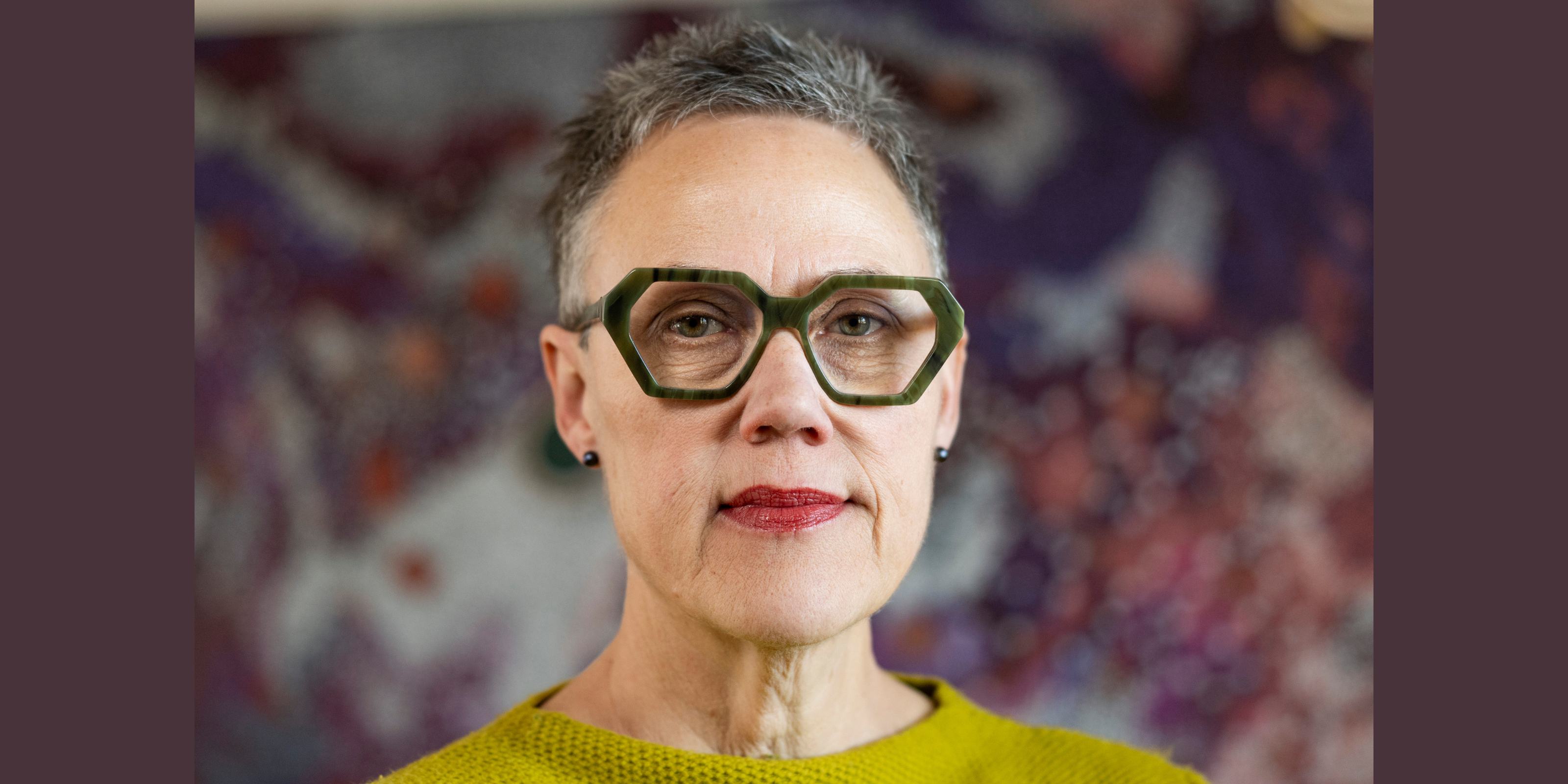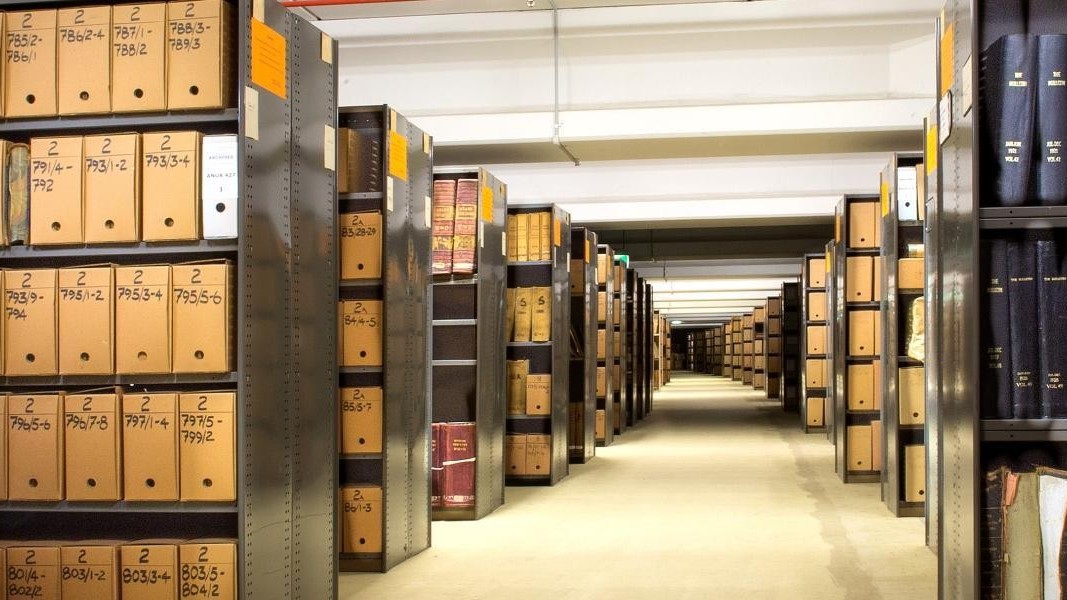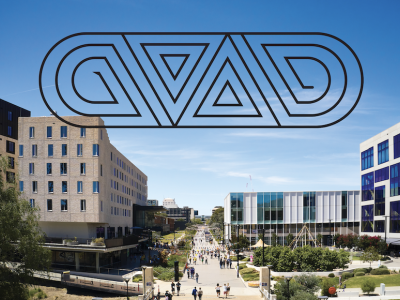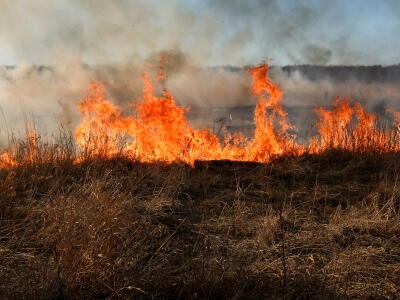The long journeys of ‘Handsome’ Joe Croft, father and son: ANU Archives Lecture 2025
By: Phillis Zeng
Posted on

ANU Menzies Library
On 28 May, the 25th anniversary of Walk for Reconciliation across Sydney Harbour Bridge in 2000, Professor Brenda L Croft delivered the ANU Archives 2025 Annual Lecture, sharing personal stories of her family and reflecting on the bittersweet journey of tracing her First Nations heritage through archival research.
Professor of Indigenous Art History and Curatorship at The Australian National University (ANU), Croft is a proud Gurindji/Malngin/Mudburra woman with also an Anglo-Australian, Chinese, German, Irish and Scottish heritage.
Drawing on years of archival research and engagement with her father’s family, Professor Croft unravelled the stories of her grandfather and father – stories shared by many First Nations peoples displaced from their homelands and communities.

Professor Brenda L Croft
Joe Croft, her grandfather, who nicknamed himself ‘Handsome Joe’, was born in 1869 in Victoria to an Irish-Scottish family.
Having drifted to Darwin in the Northern Territory, Joe worked as a cook at a local hotel and had a son, also named Joe Croft – Professor Croft’s father – with Bessie Croft, a young First Nations woman of Chinese and Aboriginal descent, in 1925.
Remembered with warmth and respect, ‘Handsome Joe’ was a man of letters, leaving a trail of words in letters, newspapers, and public records.
Unlike most men of his race at the time, he openly admitted paternity to little Joe and published on newspapers to advocate for the so-called “half-caste” players, like his son, to join the local football club.
“I don’t see why young Joseph… should not have the privilege of playing football in this league or any other league,” he wrote.
He passed away in 1934.
Professor Croft’s father spent his early years with his mother Bessie at the Kahlin Compound, a government-run institution in Darwin to segregate Aboriginal people.
At the age of five, he was forcibly removed from his mother and sent to Pine Creek Boys’ Home and later was transferred to The Bungalow in Alice Springs.
Despite the hardship growing up between several institutions and the disruptive impact of WWII, Joe showed a surprisingly strong desire for knowledge and excelled in study and sports with impressive leadership.
After studying surveying at the University of Queensland and stints in the army, he met his wife and settled in Perth, where Professor Croft and her brothers were born.
The family later moved to Canberra and Joe began working in the public service, including the Department of Aboriginal Affairs and the Aboriginal Development Commission.
He ran a newsagency selling Indigenous arts and crafts in the 1970s and had a continuing interest in organising exhibitions and tours of dance groups, which introduced his daughter to the art world.
“Dad was a beautiful, gentle man. He was a diplomat. People just gravitated towards him,” Professor Croft recalled affectionately.
“It's a good thing to remember who has gone before me and who's created the pathways for me to be where I am now, and I know that he will always be with me.
“We, as First Nations peoples, always think about our ancestors and people who mentored us and brought us to the points where we are in our lives now… And I'm grateful for that every day.”

ANU Archives collection
To keep her father’s legacy alive, Professor Croft has been completing her father’s unfinished biography since his death in 1995 – a project that sparked her years-long archival journey into her family’s history.
“Archives are a place of violence, a place of physical, metaphysical, and psychological violence… They reveal things to us that we've been looking for, but it's also painful to sort through all that material.
“You feel like you're passing ghosts in the street and hearing people talking to you.”
Looking forward, she ended her speech with the younger generation in the family, Christopher Croft, who “carries all of that mix of who he is in him” as the living continuation of the Croft family story.
Reflecting on the long journey of her family, Professor Croft reminded the audience of both the progress that has been made and the work yet to be done to fight enduring social injustice and make change – with hope.
As she began the lecture with comments on the walk across Sydney Harbour Bridge 25 years ago:
“I know it's easy to get angry, frustrated, pessimistic about what changes have (not) been made, but I keep trying to think of it as a long game. We have to keep playing that long game.
“As Paul Kelly and Kev Carmody sang the song, ‘We know how to wait – from little things, big things grow.’”
A video of the full lecture is available on YouTube. This article was co-published with ANU Archives.
You may also like
New innovation hub to support First Nations partnerships
A new Indigenous-led innovation hub, which will support The Australian National University (ANU) in developing long-term partnerships and collaborations with First Nations businesses and communities…
What matters to First Nations children in Australia? A new app is helping us find out
Australian children are among the healthiest in the world. However, First Nations children continue to be left behind. To break the cycle of disadvantage, we need to foster First Nations children’s…
Indigenous cultural burning has protected Australia’s landscape for millennia
New ANU research found that ancient cultural burning practices carried out by Indigenous Australians limited fuel availability and prevented high intensity fires in southeastern Australia for…

